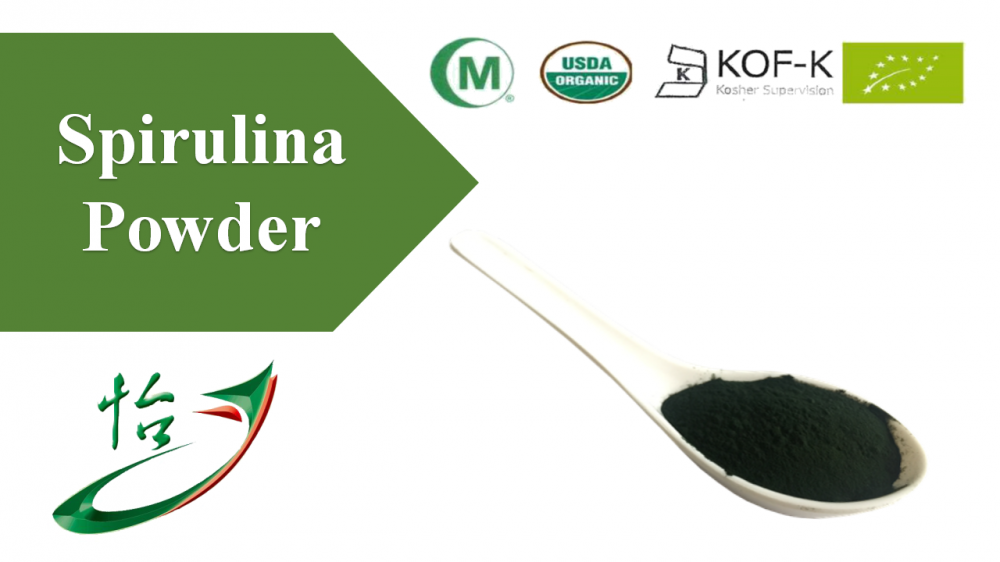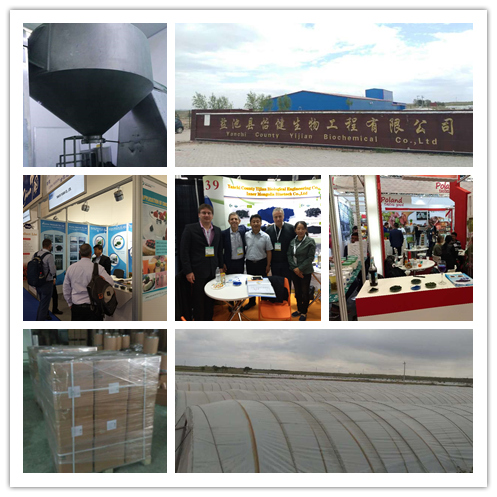After many years of trials and conclusions, in the cultivation of watermelons, the past two technologies have been reformed. Without spending a penny, they can increase production by 30-40%, and some even increase production by more than 50%. The two technical reforms are now described as follows: First, change the short-minded section of the leftovers for the extension of the Festival After the emergence of watermelon, the cotyledons have 6 short-cut sections, and each short-short section has a strong score Spread ability. In the past, a lot of watermelon monograph introductions should be left in the short shortening section, and some breeding units also said that in the introduction of varieties, the cultivation points are also left in the base. The vast majority of melon farmers in production are also left in the short-short section. In the production of watermelon, there are mostly 3 vine prunings, ie 1 main and 2 pairs. In practice, it is found that the short shortening has a strong ability to spread. In addition to the main vine, in the short shortening to leave 2 points vines, such a 3 vine pruning often occur regardless of the primary and secondary, three go hand in hand. Sometimes the vines grow vigorously, exceed the main vines, and cannot be distinguished from the primary or secondary. Correspondingly, they all become weak vines. Sometimes they sit on the main vines and sometimes sit on the vines. When the female flower is open, it is relatively weak, showing that the young larvae are small and round, the guadi is fine and short, and the corolla is small and weak, and it will not grow into a big melon in the future. Based on this finding, we propose to change the short-throwing contraction to maintain the vines for extension. That is, remove all the short-throwing branches. When the main vine grows about 30 centimeters, select 2 symmetrical vines to leave 2 points. This kind of 3-pruning pruning method is clearly followed, the main vine grows thick and powerful, and it will sit on the main vine in the future. When the female flower is open, the young larvae are large and long, the guadi is long and thick, and the corolla is big and strong. This kind of young melon can grow into a big melon in the future. The two vines that are left on the main vine do not sit on melons, and they perform photosynthesis and produce nutrients to supply the main vines. Second, to change the single-channel fertilization for the two-channel fertilization of watermelon production, the amount of fertilizer is generally a lot, in addition to soil miscellaneous fertilizer, there are cake fertilizer, fertilizer and so on. Many melon farmers open a ditch with a depth of 20-30 centimeters each, and concentrate all the fertilizer in this ditch. After ridiculing fertilization, fertilizer under the ridge, melon seeds on the ridge. Some people think that the concentration of fertilizing melons is good, but it is not true. (1) Melon is planted in the fertilizer ditch due to the concentration of fat, and the melon seedlings are prone to over prosperous growth; (2) sometimes there are burning seedlings, including dead seedlings and not seedlings; (3) many roots of watermelons have extended out of the fertilizer range while sitting on melons. As a result, the lack of nutrients is not a big deal. For this reason, we propose to change the single-channel fertilization to double-channel fertilization. That is, 20-30 cm apart, open 2 deep and 20-30 cm wide grooves, fertilizer applied in 2 grooves. After ridging, the melons are planted between the two fat sewers. In general land, the melon seedlings will not be weak, and the root system will soon be able to absorb the fat, but it will not be too long for the prosperous, and it is even more difficult to burn the seedlings. When sitting in melons, most of the roots are still in the area of ​​the 2 fertilizer ditch, so the melon grows large. The two reform measures are easy to operate and increase production significantly. The majority of melon farmers may wish to try.
This classification summarizes the Feed Grade Spirulina Powder produced by our own factory in northwestern of China .
We have advanced equipment and strict quality control system to ensure the quality and production.

The products under the classification are:
1. Feed Grade Spiruina Powder .
Various parameter specifications of our product:
Naturland Certified ; CERES certified .
EU & NOP standard ; Kosher & Halal Available .
Low heavy metals & Micro Contents , Low & Stable PAH4 Level ,
PAH4 value is less than 10 ppb .Low microorganismsNon-Irradiation ,
Non GMO , Gluten Free , Allergen Free , Pesticides Free .
Own Factory : Manufacture in northwest of China . Legitimacy , Regularity , Cultural .
Own Lab : Quality control and Product development . Strictly , Creativity , Responsibility .

About Company
Yanchi County Yijian Biotechnol Co.,Ltd
was founded in Dec 2012 ,
by Mr. Dezhi Zhang ,
the legal representative of the company .
Company registered capital is 10 million RMB .
The main business sectors are culture , processing , internal sales , import and export trade of Organic Spirulina and Organic Chlorella products .
Yijian is known globally as one of the major suppliers of microalgae products across the world .
Annual production rate is 600 Mt .
Average annual sales income is around 5 million dollar .
Feed Grade Spirulina Powder
Feed Grade Spirulina Powder,Spirulina Powder For Feed,Feed Grade Nutritional Supplement,Feed Grade Organic Spirulina Powder
YANCHI YI JIAN BIOLOGICAL PROJECT CO.,LTD , http://www.spirulina-yj.com

